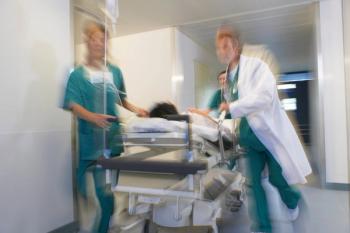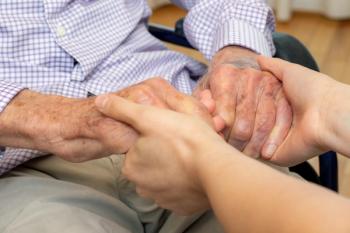
How Primary Care Data and Machine Learning Can Detect Dementia
A new study found nearly 2,000 patients could have been living with undiagnosed dementia.
Dementia goes undiagnosed in roughly half of patients who suffer from it, but a group of researchers from the University of Plymouth’s School of Computing, Electronics and Mathematics is trying to change that.
>>
The researchers built a model to predict whether a patient had dementia, based on information known as Read data, which are routinely collected by primary care doctors in the United Kingdom’s National Health System. They found that of nearly 25,000 patients, 2,000 were potentially living with undiagnosed dementia, with 95 percent confidence, according to
The model was trained on data collected between 2010 and 2012 from 105 clinics. Researchers looked at the profiles of 850 patients who had already been diagnosed with dementia, out of a total of 25,000 patients, to find factors associated with the condition. They included risk factors like high-blood pressure, symptoms like forgetfulness and behaviors like missed appointments.
To minimize the number of missed true-positive predictions, researchers used a cost-sensitive classifier that put the cost of misclassifying patients with dementia as healthy higher than the cost of misclassifying healthy patients.
Once trained, the model accurately classified patients with dementia 84 percent of the time (true-positives) and patients without dementia 87 percent of the time (true-negatives).
But the real interest of the model is in the false-positives — patients without a dementia diagnosis who were predicted to have dementia by the model. To validate whether the model had detected undiagnosed dementia, researchers returned to the health practitioners to determine whether the false-positive patients had been diagnosed in the interim. Five of the 16 false-positives had been diagnosed with dementia either during or after the study window, and the remaining 11 were healthy.
So what happens from here? The next step is to put the model to use in general practice, says research professor Emmanuel Ifeachor, one of the report’s authors. The researchers hope to implement a way to automatically flag patients who are at-risk for dementia, facilitating early access to screening and services.
Currently, when doctors suspect dementia, they can recommend the patient undergo screening. But dementia can be difficult for clinicians to detect, since it often overlaps with other conditions such as depression and the normal aging process. In addition, research has suggested that patients and caregivers may wait as long as two and a half years before actively seeking help for memory issues.
That’s why an automatic detection system that points not to a binary diagnosis but to an increased risk-score can be helpful in diminishing under-diagnosis, says Ifeachor.
Get the best insights in healthcare analytics
Related








































